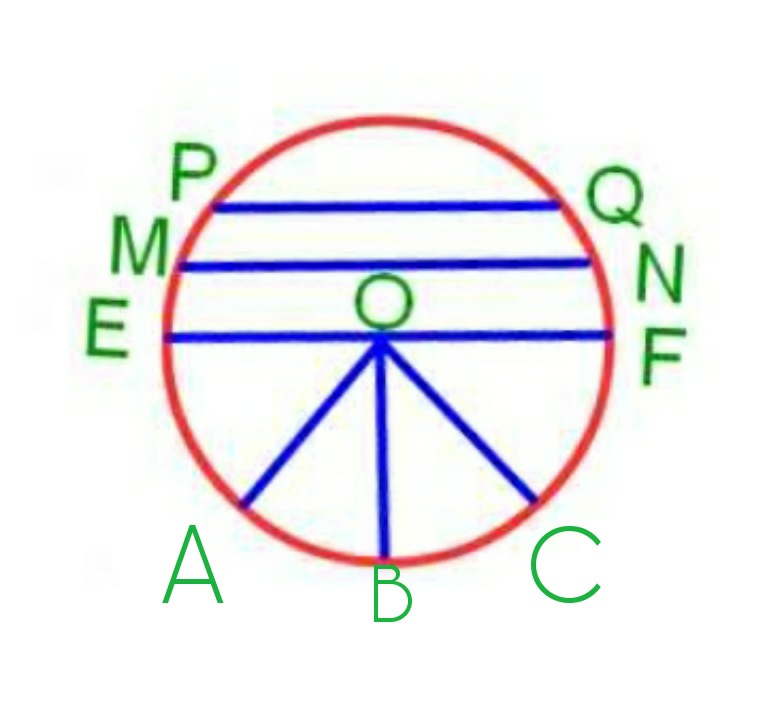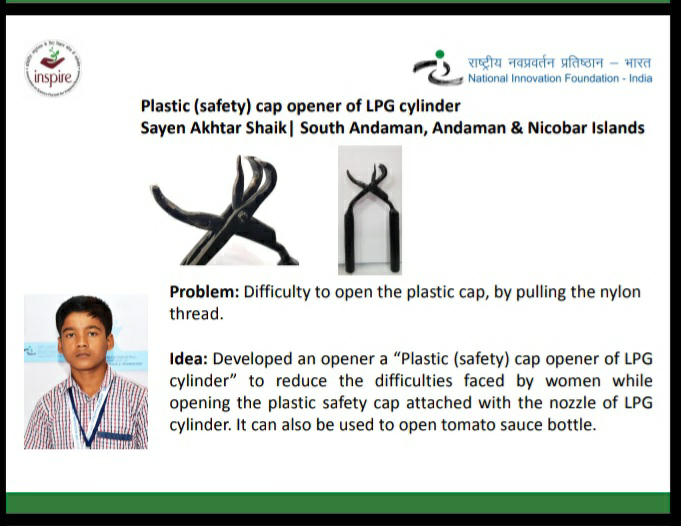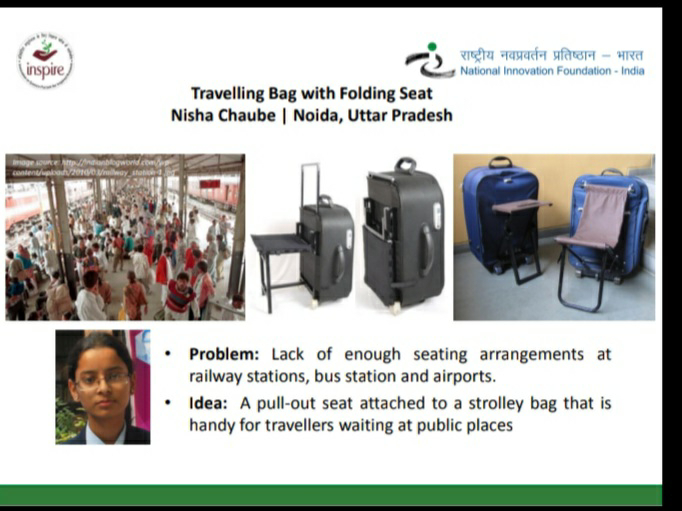Friday, October 23, 2020
Std.V Math Questions for Practice
1. In an examination, 75,236 students passed and 14,892 students failed. Find how many students appeared for the examination.
2. There are 3,786 men, 3,672 women and 1,508 children in a village. Find the total population of the city.
3.There are 5,873 male and 6,389 female primary teachers in a city. Find the total number of teachers in the city.
4. In a school there are the following numbers of students: 127 in grade one, 120 in grade two, 110 in grade three, 100 in grade four and 93 in grade five. Find the total number of students in the school.
5. A man plucked 435 mangoes from one tree, 450 mangoes from the second tree and 295 mangoes from the third tree. Find the total number of mangoes plucked from the trees.
6. A school library has 3,730 books in Hindi, 2,531 books in English, and 5,368 books in other languages. How many books are there in library?
7. There are 37,536 bags of wheat, 35,380 bags of rice and 25,240 bags of gram in a store. Find the total number of bags in the store.
8. A school management spent Rs.26,756 on teachers pay, Rs.325,378 on building construction, Rs. 5,780 on games and Rs.8,235 on other work. Find the total amount spent on different items by the school management.
9. A man plucked 375 apples from one tree, 504 apples from the second tree and 229 apples from the third tree. Find the total number of apples plucked from the trees.
10. A toy factory manufactured 52,253 toys in January, 50,375 toys in February and 608,368 toys in March. How many toys were manufactured in the above mentioned months in total.
Thursday, October 22, 2020
Thursday, October 15, 2020
Std.V Oral Exam Time Table
Std.VII Oral Exam Time Table
Monday, October 12, 2020
IMPORTANT NOTICE- SilverZone Olympiad Examination
| URL:http://www.silverzone.org/ Parents can always contact the following WhatsApp Number for quicker communication. |
Std.V 1st Semester details (math)
(i) OA = ………………..
ii) OB = ………………..
iii) OC = ………………..
(iv) EF = ………………..
(v) MN = ………………..
(vi) PQ = ………………..
2. With the help of a compass, draw a circle of radius:
(i) 4.5 cm.
(ii) 5.2 cm
3. Draw a circle of radius 6 cm.
5. Draw a circle whose diameter is 10 cm. Find its radius.
Std.VII Science Portion and other details (1st Semester Examination)
- Chapter 2 - Plants : Structure and Function
- Chapter 3 - Properties of Natural Resources
- Chapter 4 - Nutrition in Living Organisms
- Chapter 5 - Food Safety
- Chapter 6 - Measurement of Physical Quantities
- Chapter 7 - Motion, Force and Work
- Chapter 8 - Static Electricity
- Chapter 9 - Heat
Std.VII Ch.9. Heat Q&A
Question 1:
Fill in the blanks with the proper word from the brackets.
(radiation, white, conduction, blue, convection, bad conductor, good conductor, black, reflection)
(a) Maximum heat is absorbed by a ................ coloured object.
(b) ...................... of heat does not require a medium.
(c) Conduction of heat takes place through a .......................... substance.
(d) The shining surface in a thermos flask decreases the outgoing heat by ......................... .
(e) Cooking utensils are made from metals due to their property of ................. .
(f) The earth receives heat from the sun by .................... .
ANSWER:
(a) Maximum heat is absorbed by a black coloured object.
(b) Radiation of heat does not require a medium.
(c) Conduction of heat takes place through a good conductor substance.
(d) The shining surface in a thermos flask decreases the outgoing heat by reflection.
(e) Cooking utensils are made from metals due to their property of conduction.
(f) The earth receives heat from the sun by radiation.
Page No 63:
Question 2:
What will absorb heat?
Steel spoon, wooden board, glass vessel, iron griddle (tava) , glass, wooden spoon , plastic plate, soil, water, wax
ANSWER:
Steel spoon, iron griddle, water, soil and wax will absorb heat.
Page No 63:
Question 3:
Write answers to the following question.
(a) How does a fever get lowered by putting a cold compress on the forehead of a patient ?
(b) Why are the houses in Rajasthan painted white ?
(c) What are the modes of heat transfer ?
(d) Explain which mode of heat transfer causes sea breezes and land breezes.
(e) Why is the outer coat of the penguins of Antarctica black ?
(f) Why are heaters fitted near the floor and air conditioners, near the ceiling of a room ?
ANSWER:
(a) Cold compress is made up of material that absorbs heats. Thus, by putting it on the forehead of a patient suffering from high fever, the heat flow takes place from the head of the patient to the cold compress. Therefore, the cold compress absorbs heat from the patient's body and lowers the body temperature.
(b) White colours are reflectors of heat. Thus, Rajasthan, a very hot city, has houses with their walls painted white so that most of heat from the Sun is reflected back to the atmosphere. This keeps the houses cool from inside.
(c) There are three modes of heat transfer:
- Conduction: Conduction is a process in which heat is transferred from the hotter end of an object to its cooler end.
- Convection: The process of transference of heat through a fluid (liquid or gas) is called convection.
- Radiation: Radiation is a method of heat transfer which does not require a medium.
Sea breeze: It is the wind that blows from the sea or the oceans towards the land. It develops during day time when the land heats up quickly. Also, the water heats up slowly as compared to land due to which water in the sea and oceans is relatively cooler than land. Therefore, the air near the land becomes hot and rises up and the cold air from sea takes the place of hot air. The hot air than moves toward the sea to complete the cycle.
Land breeze: It is the wind that blows from the land towards the sea or the oceans. It develops during night time. Land cools down faster than water. Therefore, during night time, land is cooler than sea. Hence, cool air from the land blows towards the sea. This is called the land breeze.
(e) Black colour is good absorbers or trappers of heat. So, in cold regions like Antarctica, the black outer coating of Penguins helps them to absorb as much heat from the surrounding and keep their bodies warm.
(f) Room heaters are fitted near the floor because this allows the hot air near the heater to rise up and warm the entire room.
The air conditioners are fitted near the ceiling, so that the cold air from the AC takes the place of hot air rising up from the bottom. In this way, the entire room gets cooled.
Page No 63:
Question 4:
Give scientific reasons.
(a) An ordinary glass bottle cracks when boiling water is poured into it, but a borosil glass bottle does not.
(b) The telephone wires which sag in summer become straight in winter.
(c) Dew drops form on the grass in winter.
(d) In winter, why does an iron pillar feel colder than a wooden pole ?
ANSWER:
(a) Normal glass is an insulator which means it is a poor conductor of heat. When boiling water is poured into a glass tumbler, the surface of the glass which is in contact with the hot water heats up and expands as per its coefficient of thermal expansion. But the outer layer of the glass remains cold and does not expand (since glass is a poor conductor and does not transfer heat quickly). This difference in thermal expansion causes thermal stress which eventually leads to cracking.
Borosil glasses have very low coefficients of thermal expansion which makes them resistant to thermal shock, more than any other common glass. So, Borosil glass does not crack when hot liquid is poured in it, but normal glass cracks.
(b) In summers, the surrounding temperature is very high. Due to this high temperature, the metallic telephone wires are heated up and thus expands in length. Due to this, they sag down.
In winters, the surrounding temperature is very low. Due to this low temperature, the metallic telephone wires are cooled down and thus contracts in length. Due to this, they become straight.
(c) In winters, the temperature of the air near the grass decreases to dew point. Thus, the air becomes saturated with water vapour. As a result, water vapour condenses into tiny water droplets which appears on the surface of the grass.
(d) An iron pillar feels colder than a wooden pole in winter because the thermal conductivity of iron is very high as compared to wood. So, when you touch wooden pole, heat from your finger warms the wooden pole just at that place but isn't conducted away. But for iron pillar, the heat conducts away rapidly from your finger to the whole pillar and your finger then keeps trying to supply more heat until it is as cold as the iron. So, the iron pillar feels colder because it doesn't warm under your finger like the wooden pole.
Friday, October 9, 2020
Idea Competition- (IntraSchool) For Std.6 -10.
INSPIRE Awards Std.6th -10- Last Date of submission 15th October
Std.V Problem Set No.27
Monday, October 5, 2020
Std.V Problem set No.25 Measuring angles steps and problem set No.25
Std.VII - Ch.8 Static Electricity Q&A
Question 1:
Choose the correct option and fill in the blanks.
(always repulsion, always attraction, displacement of negative charge, displacement of positive charge, atom, molecule, steel, copper, plastic, inflated balloon, charged object, gold)
(a) There is ................ between like charges.
(b) ...................... is responsible for generation of electric charge in an object.
(c) A lightning conductor is made of a .................. strip.
(d) .................. does not get electrically charged easily by rubbing.
(e) There is ...................... when opposite electric charge come near each other.
(f) A ..................... can be detected with an electroscope.
ANSWER:
(a) There is always repulsion between like charges.
(b) Displacement of negative charge is responsible for generation of electric charge in an object.
(c) A lightning conductor is made of a copper strip.
(d) Copper/gold does not get electrically charged easily by rubbing.
(e) There is always attraction when opposite electric charge come near each other.
(f) A charged object can be detected with an electroscope.
Page No 57:
Question 2:
Explain why it is not safe to go out with an umbrella when there is heavy rain, lightning or thunder.
ANSWER:
Heavy rain and thundering is accompanied by lightning. Lightning is basically the discharge of huge amount of electric charges from clouds towards the ground. These charges may pass through the metallic rod of the umbrella to the person carrying it. Hence, the person might get severe electric shock and die. Thus, it is not advisable and safe to go out with an umbrella when there is heavy rain, lightning or thunder.
Page No 57:
Question 3:
Answer in your own words.
(a) How will you protect yourself from lightning?
(b) How are charges generated?
(c) In the lightning conductor, what provision is made for spreading the electricity into the ground?
(d) Why do farmers stick an iron staff into the ground while working in the field in rainy conditions?
(e) Why is lightning not seen everyday during the rainy season?
ANSWER:
(a) Following are some safety measures to be followed to protect oneself from lightning:
If outdoor:
1. Avoid taking shelter under trees.
2. Avoid being near to any kind of metal objects which may include metal wires, fences, machinery and power appliances.
3. Take shelter inside a fully enclosed car with all the windows shut.
If indoor:
1. Turn off all the electrical appliances such as television and refrigerator.
(b) Charges are generated in an object when the object loses or gains some electrons or when there is displacement between the positive and negative charges of an object. Methods of generating charges are:
- Rubbing: When two insulators are rubbed with each other, one of them loses electrons and the other gains electrons. The one which gains electrons gets negatively charged and the other one gets positively charged.
- Conduction: When a charged body is brought in contact with an uncharged conductor, the conductor gets charged.
- Induction: When a charged body is brought near to a neutral body say a conductor or an insulator, the electrons and protons in the neutral body gets separated. Thus, the body acquires temporary charge as long as the charged body is kept near it.
(d) In rainy conditions, there is very high chance of lightning striking the Earth. So, the farmer by putting an iron staff into the ground while working in the field in rainy condition, makes sure that he and his crops remains safe in case lightning occurs. This is because the iron staff will be more prone to lightning than the crops and his body because of the iron staff being tall and metallic in nature. Thus, the electric charges from the clouds will flow to the ground through the staff without affecting the plants in case of lightning during rainy weather.
(e) For lightning to happen, there must be some minimum amount of accumulation to happen in the clouds. So, it might be possible that this limit is not achieved everyday during rainy season because of which lightning does not occur everyday. Hence, we do not see lightning everyday during the rainy season.
Page No 57:
Question 4:
What are the characteristics of a static electric charge?
ANSWER:
The characteristics of a static electric charge are as follows:
- Charges exist in two types i.e. positive and negative. Positive charge is generally carried by a proton and negative charge by an electron.
- Like charges always attract each other and unlike charges always repel each other.
Page No 57:
Question 5:
What is the damage caused by lightning? How will you create awareness to prevent it?
ANSWER:
Damage caused by lightning are:
- A fire can start if the lightning strike makes contact with flammable material. These can include gas pipes, wood, paper, etc.
- If lightning follows electrical wiring, then the wires gets overheated which can cause a fire hazard.
- Lightning can cause damage to walls, concrete, plaster and glass of a building. It can damage the electrical appliances connected to damaged sockets.
- Lightning can damage tall trees and crops. It can even lead to forest fire.
- Lightning, if strikes on living beings, can take their lives.
If outdoor:
1. Avoid taking shelter under trees.
2. Avoid being near to any kind of metal objects which may include metal wires, fences, machinery and power appliances.
3. Take shelter inside a fully enclosed car with all the windows shut.
If indoor:
1. Turn off all the electrical appliances such as television and refrigerator.
Sunday, October 4, 2020
Saturday, October 3, 2020
जुनी पेन्शन बाबत
1/3/2024 जूनी पेन्शन बाबत जूनी पेन्शन योजना लागू होण्यासाठी महाराष्ट्र राज्य शिक्षक परिषदेनै..2010 पासून 38आंदोलनै केली... नागपूर चा12 डिसें...
-
Subject:Science Portion as follows: Chapter 1 - The living word : Adaptations and Classification Chapter 2 - Plants : Structure and Function...
-
PRACTICE PAPER Q.I) Choose the correct alternative with the alphabet against th...





















































